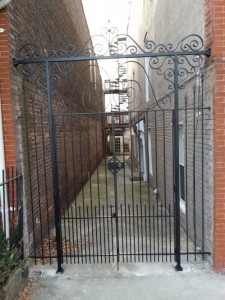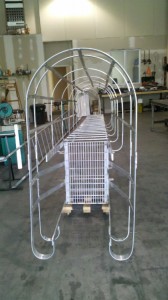Service Economy
This blog is about manufacturing and engineering and production, but sometimes services are important too. You need to know how to market and sell your products and the internet is becoming ever more important in that process. Many companies are good at what they do, but they have no idea how to take the best advantage of the internet. It can be very complex. Take a look at enchantedmarketing.org to see the various aspects involved in internet marketing. And this doesn’t even cover it all.
Many companies throw up a website and expect it to make a difference. That is like putting up a billboard in the middle of nowhere and expecting it to help sales. Seventy to seventy five per cent of all clicks go to the first three organic listings. If you don’t know what an organic listing is, look at the website mentioned above.
Proper Content
You need to have an adequate amount of text with keywords or phrases that people who are interested in your products and services are actually searching for. If you don’t have the right content, the search engines can’t connect your website with people searching for what you do.
Directories and Citations
Then it helps to be listed as many places as possible. These are directories and citations such as yellowpages.com and yelp.com but also hundreds of other sites that could list your company and products. If you don’t sign up on those, the people searching on those sights can’t find you. It also tells the search engines you are a more serious site and worth showing your site when people search.
Social Media
Similar to the directories and citations, you need to be listed on the search engines and social media. Google has Google My Business which lists businesses as does Bing Places of Microsoft’s, Facebook and LinkedIn. The same rational applies for these as the directories. Also, if you have a listing on a search engine, that search engine is more likely to show your website in organic listings.
Links
If other websites link to your website, that can help funnel people to see your website. But it is also an indication to the search engines that your site is good enough to be worth linking to.
Features vs. Benefits
There is nothing magical about this and it greatly predates computers and the internet. But, so many people still fall into this trap. They get so caught up in their product and how good it is that they only talk about the features. They forget to tell potential customers about how those features can benefit the customer. If the customer doesn’t understand how your product can save them time, save them money, make their job easier or some other benefit, the sale is going to be a lot harder. This needs to be conveyed on the website, just like any other marketing piece.


